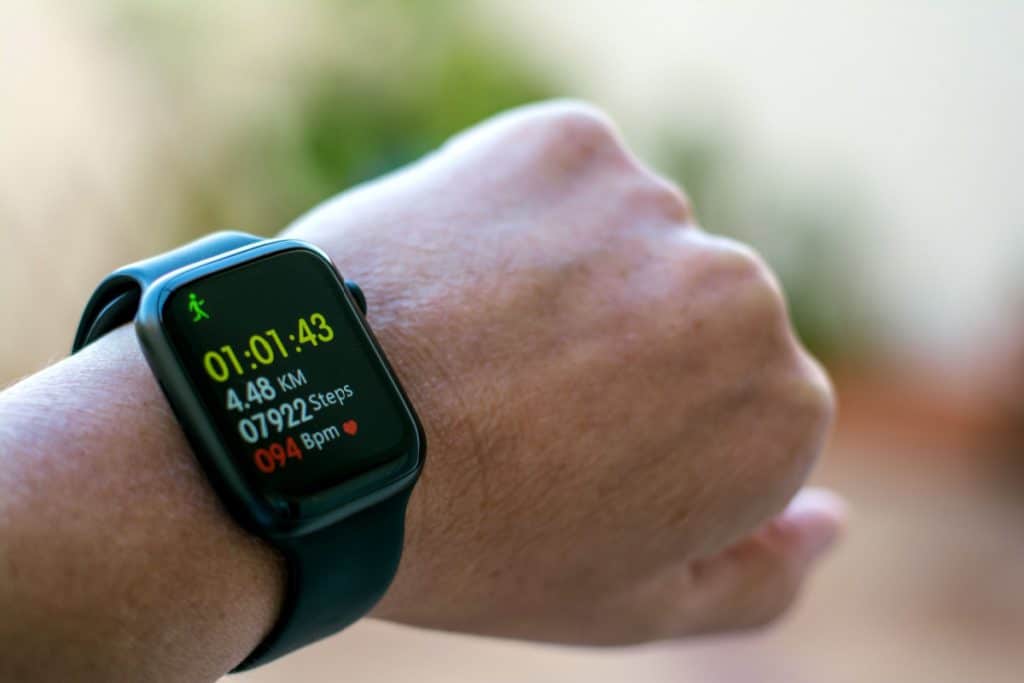In the age of ever-evolving technology, the choice between traditional analog watches and modern smartwatches has become a fascinating topic. In this article, we'll explore the timeless charm of analog watches and the cutting-edge features of smartwatches.
We'll dive into their functionalities, materials, and price points, to help you make an informed decision. So, join us as we rewind time and uncover the key differences between these two timekeeping marvels.
Discovering the Charm: Top Features of Analog Watches
Analog watches, also known as traditional or mechanical watches, captivate wearers with their intricate mechanical movement. These timepieces often feature a round face, hour and minute hands, and sometimes a second hand. Crafted from materials like gold, silver, stainless steel, and leather, analog watches cater to diverse preferences.
Unveiling Key Features of Traditional Watches:
- Water resistance: Many traditional watches are water-resistant, which means they can withstand splashes or brief immersion in water. Some are even suitable for swimming or diving.
- Chronograph Function: Traditional watches may include a chronograph, acting as a stopwatch for measuring elapsed time. This feature is typically displayed on a subdial or small dial on the watch's face.
- Date Display: Analog watches often provide a date display window, allowing for quick and easy date checks.
- Moon Phase Indicator: Some traditional timepieces showcase a moon phase display, revealing the current lunar phase.
- Automatic Movement: Certain analog watches incorporate automatic movement, winding themselves with the wearer's wrist motion and eliminating manual winding.

This article may include affiliate links and elements that were carefully created by our team using advanced ai to help you envision the best style advice.
Some traditional watches have a classic, timeless aesthetic that never goes out of style, while others may be more trend-driven and have a shorter lifespan in terms of fashion. Ultimately, it's important to choose a watch that aligns with your personal style and tastes.
Investment Timepieces: Understanding the Costs of Traditional Watches
The price of traditional watches varies significantly, influenced by factors such as brand, materials, and features. Some timepieces can be purchased for a few hundred dollars, while others may cost tens of thousands or more.
Breaking Down Traditional Watch Price Ranges:
- Entry-level: $100-$500
- Mid-range: $500-$1,500
- High-end: $1,500-$5,000
- Luxury: $5,000-$50,000+
Remember, these price ranges are rough estimates, and individual watch prices may differ. Elements impacting the cost of a traditional watch include materials, movement type (mechanical or quartz), craftsmanship level, and brand reputation.
High-quality materials like gold or stainless steel, coupled with intricate, hand-crafted designs, typically result in more expensive timepieces. Luxury brands such as Rolex, Patek Philippe, and Omega are renowned for producing some of the most exquisite and costly traditional watches available.
Revolutionizing Timekeeping: Exploring Top Smartwatch Features
Smartwatches, digital timepieces connected to the internet, offer a wide range of features beyond merely telling time. They often serve as alternatives to traditional watches or smartphone companions.
Some common features of smartwatches include:
- Fitness Tracking: Smartwatches often include sensors to track fitness metrics like steps, distance, calories burned, and more. Some even have GPS for outdoor activities like running or cycling.
- Sleep Monitoring: Certain smartwatches can track sleep patterns, providing insights into sleep quality.
- Notifications and Alerts: Smartwatches receive notifications from your smartphone, including calls, texts, and social media updates.
- Voice Control: Many models feature a built-in microphone for hands-free phone calls, texting, and more.
- Mobile Payments: Some smartwatches support mobile payment services like Apple Pay or Google Pay.
- Music Control: Control music playback and volume directly from your smartwatch.
- App Support: Download and use various apps, such as weather, news, and more, on your smartwatch.
- Customization: Personalize your smartwatch with customizable watch faces and display widgets.
- Water Resistance: Many smartwatches are water-resistant, tolerating splashes or brief immersion.

The specific features of a smartwatch depend on the model and brand, with some offering advanced options like built-in cameras or heart rate monitors, while others focus on basic functionality.
As you explore the world of timekeeping, both traditional analog watches and modern smartwatches have their unique advantages. Traditional watches boast timeless design, intricate craftsmanship, and various features, while smartwatches offer cutting-edge technology and versatile functionality.
Consider your personal style, needs, and preferences when choosing between the two. Ultimately, the perfect timepiece awaits you – take the leap and discover which watch best complements your lifestyle.
You might also like: Poshmark’s Press Release Reveals Live Fashion Resale Revolution and Grungy Gentleman: The Fashion Powerhouse Partners With G Fuel

![Woman washing a shirt with her hand, Remove Tire Marks From Clothes Like a Pro [How to Guide] - 1600x900](https://stylecheer.com/wp-content/uploads/2023/08/shutterstock_305739509-300x169.jpg)

